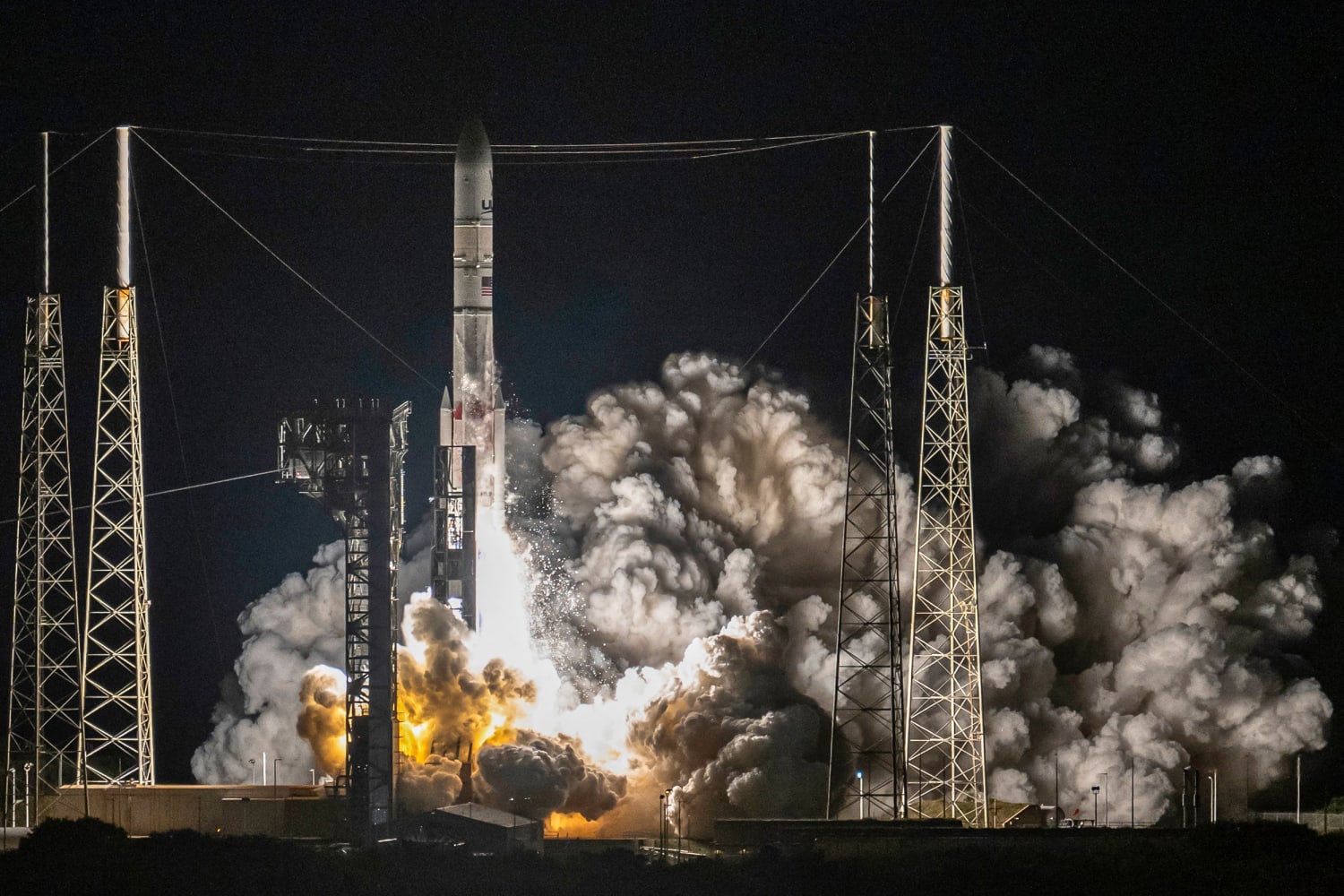After languishing in space for more than a week, a doomed lunar lander met a fiery end Thursday, burning up in Earth's atmosphere to end its mission.
The privately built spacecraft, named Peregrine, was designed to go to the moon and land on the lunar surface. But shortly after launching into orbit on January 8, the lander suffered a critical propellant leak that forced its operators to abort the entire mission.
Pittsburgh-based Astrobotic Technology, the developer of the lander, said Thursday that it burned up safely in Earth's atmosphere at 4:04 p.m. in a remote area of the South Pacific Ocean.
A Update posted on XThe agency confirmed it lost contact with the spacecraft shortly before 4 p.m. ET, indicating the lander had re-entered the atmosphere, but said officials were “awaiting independent confirmation from government agencies.”
An earlier malfunction prevented the Peregrine lander from reaching the moon. The astrobotic team fought for nine days to save the spacecraft and its internal instruments and extend the rest of the mission.
Even if engineers were able to stabilize the spacecraft, Astrobotic said last week that it would not be able to attempt a controlled landing on the moon.
“We commend Astrobotic for their persistence,” NASA said Tuesday in a statement Report published in X.
Peregrine's mission was closely watched as it was the first American lunar lander to be sent into space in more than 50 years. Had it been successful, Peregrine would also have been the first commercially developed spacecraft to land on the moon.
Apart from NASA, only the former Soviet Union, China and India have successfully carried out controlled or “soft” landings on the Moon. Japan wants to join that elite club by attempting to land the country's smart lander for the moon, or SLIM probe, on Friday.
The Peregrine mission is part of NASA's commercial Lunar Payload Services program, which is set up by private-sector companies to develop new lunar landers that NASA can eventually hire to transport cargo and scientific instruments to the lunar surface.
A separate Houston-based company, Intuitive Machines, is expected to launch its own commercially developed lander to the moon next month as part of the same NASA initiative.
The Commercial Lunar Payload Services program is part of the agency's Artemis program, which aims to return astronauts to the moon over the next few years, eventually launching regular flights to the moon and building a lunar base camp. NASA recently announced delays to a pair of upcoming Artemis missions, pushing back a lunar flight that was supposed to launch later this year to 2025 and postponing the first Artemis landing attempt to next year.
